Mirror, mirror: Lisson Gallery reflects on the history of video art
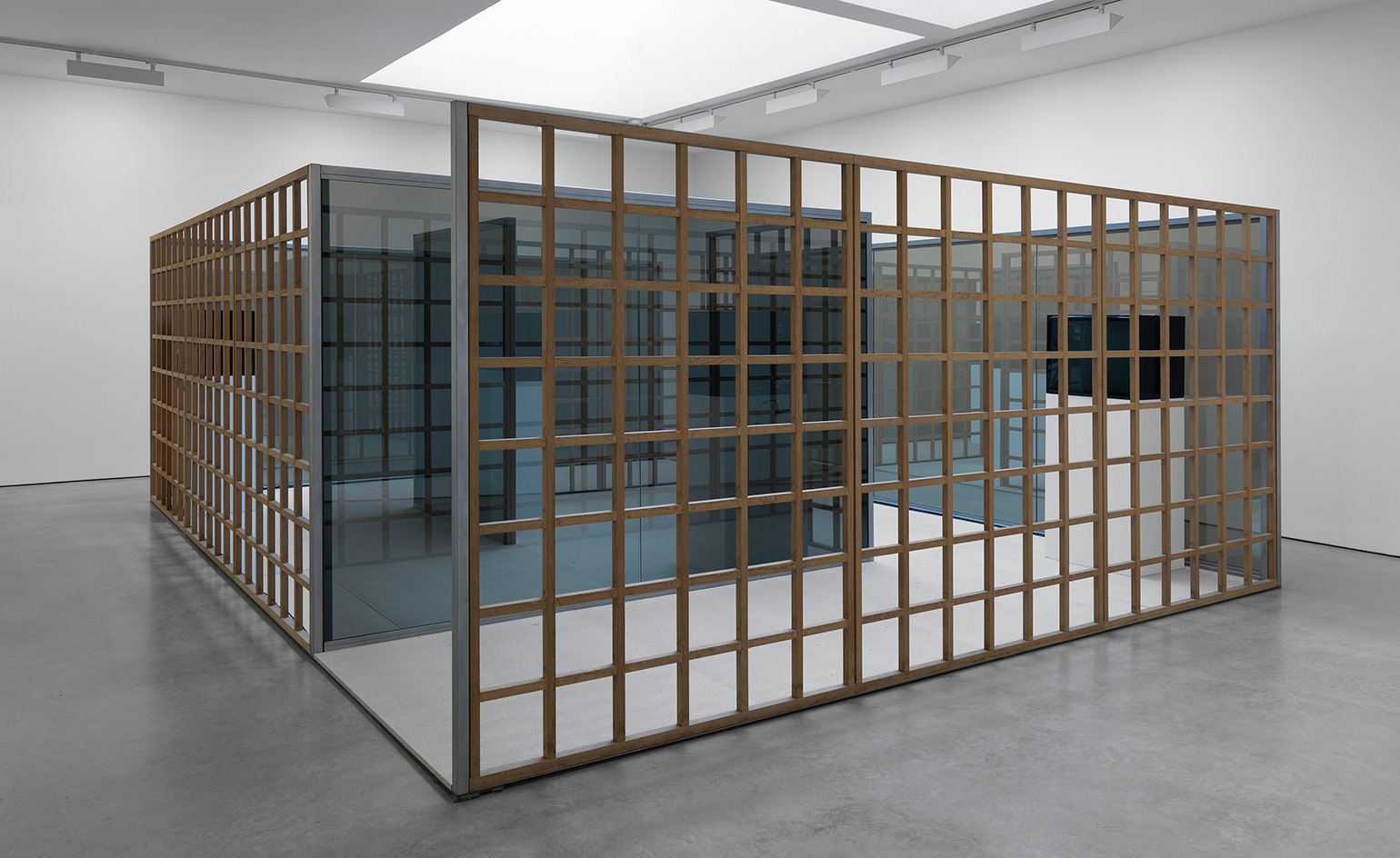
Finding interesting ways of presenting video-art is never easy. Lisson Gallery's summer exhibition, 'Performance/Audience/Mirror', aims to step away from the 'uncomfortable chairs in a dark screening room' concept by reaching outside the walls of the London gallery through a programme of live, online screenings designed to provoke world-wide debate. This virtual element 'not only allows global access to the exhibition but also highlights the democratic nature of film while calling into question issues facing artists who work in this discipline', explains curator Emma Gifford-Mead.
The show's title is drawn from Dan Graham’s 1977 performance of the same name, at De Appel Arts Centre in Amsterdam. Contrasting the web screenings, the exhibition also makes use of an intensely intimate, gallery-bound viewing installation, in the form of Graham's 2001 work, Greek Meander Pavilion, Open Shōji Screen Version, where the 'audience' third of the exhibition is held. The pavilion shows a range of films from the 1960s to the present day on a screen encased between two-way mirrors and Japanese-inspired shōji panels. Films can be viewed from inside or outside of the pavilion, along with any gallery-goers who might be exploring inside – so audience members become an integral part of the viewing experience, as opposed to those who might be watching at home on their laptops.
The latter two sections, 'performance' and 'mirror' are more traditional in layout, but they feature some of the exhibition's real gems. These include the UK debut of a darkly comic claymation, Worship (2016), by Swedish duo Nathalie Djurberg and Hans Berg, and the rarely seen SPEAK. by British conceptualist John Latham – a psychedelic, ten-minute snapshot of the 1960s.
The show contributes to London's recent love-affair with technological, performative art (think of Whitechapel Gallery's 'Techtonic Superhighway' or 'Performing for the Camera' at Tate Modern), but also follows an increasing number of exhibitions that include a virtual element, like Bruno Ceschel's app-based photography interactions, and The Supermarket's online gallery space. The result is a winning mix of personal, intimate performances and web-friendly progression.
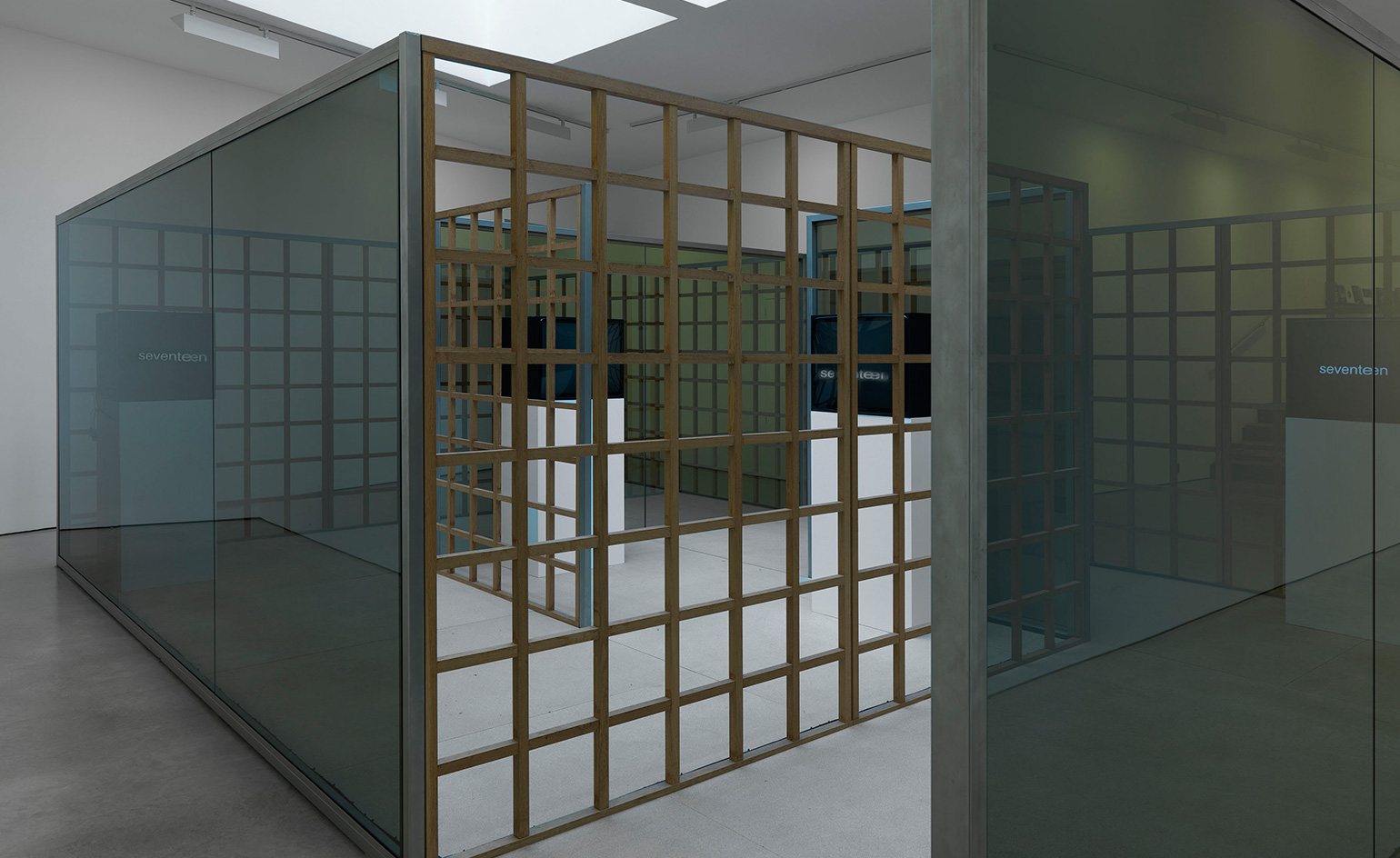
Graham's pavilion creates an intimate sculptural environment to explore the significance of architecture and space in film, while allowing the audience to more actively engage with the works on view. It is here that the 'audience' section of the show is based. Pictured: installation view of Greek Meander Pavilion, Open Shōji Screen Version, by Dan Graham, 2001
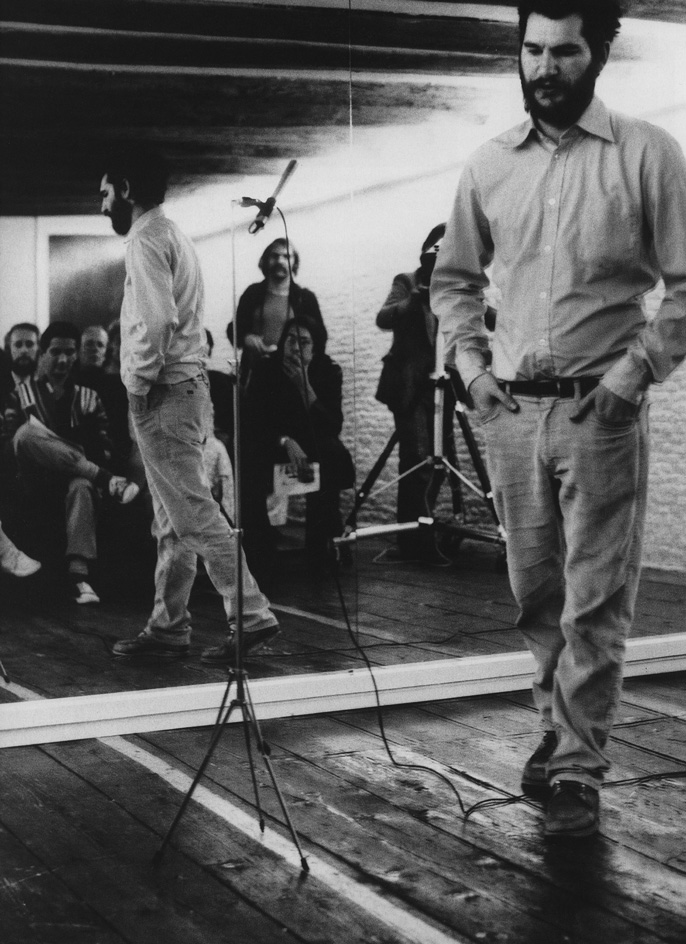
Pictured: a still from Performer/Audience/Mirror
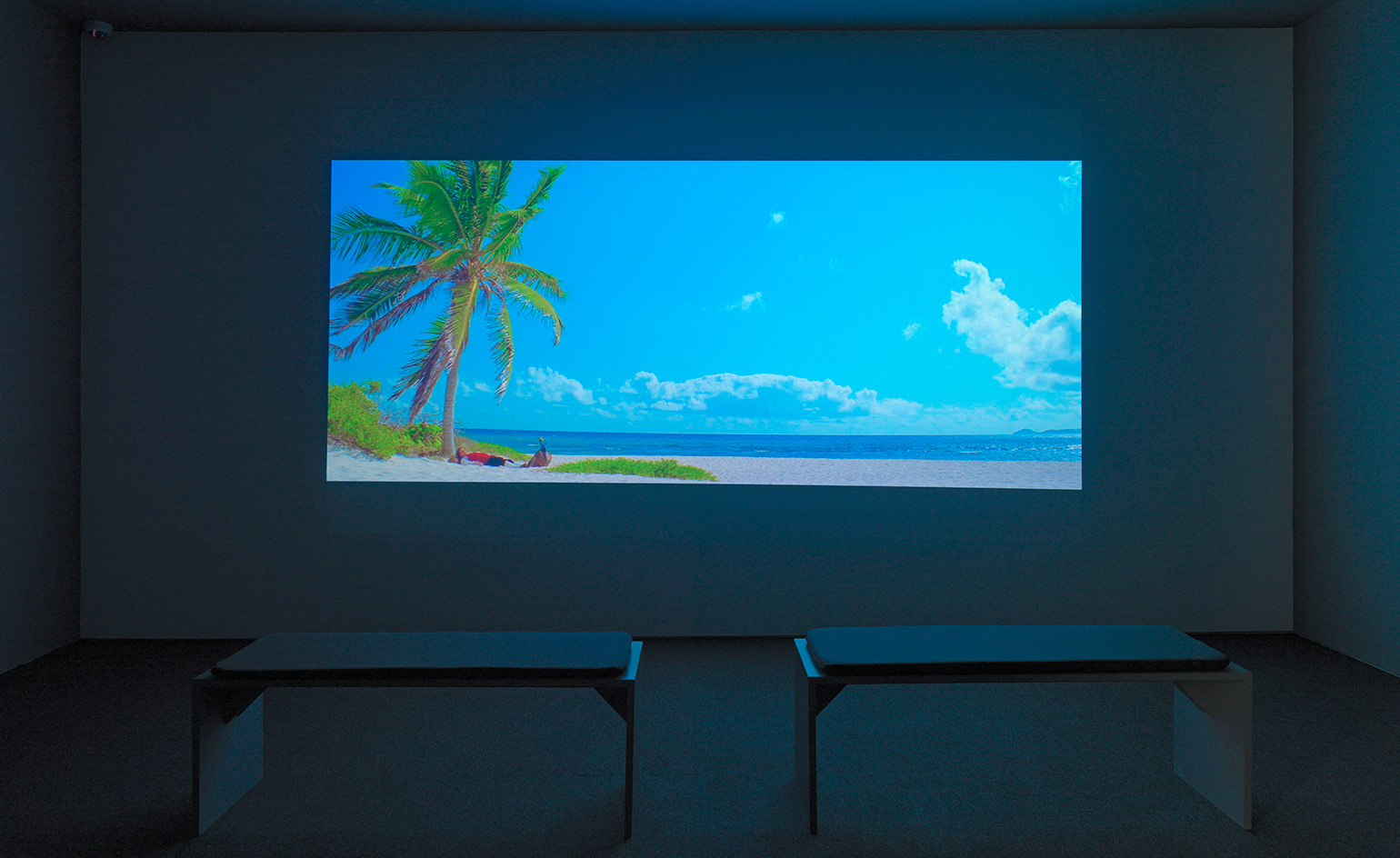
The latter two sections, 'performance' and 'mirror' are more traditional in layout, with darkened screening rooms favoured over two-way mirrors and pavilions. Pictured: installation view of Vexation Island, by Rodney Graham, 1997
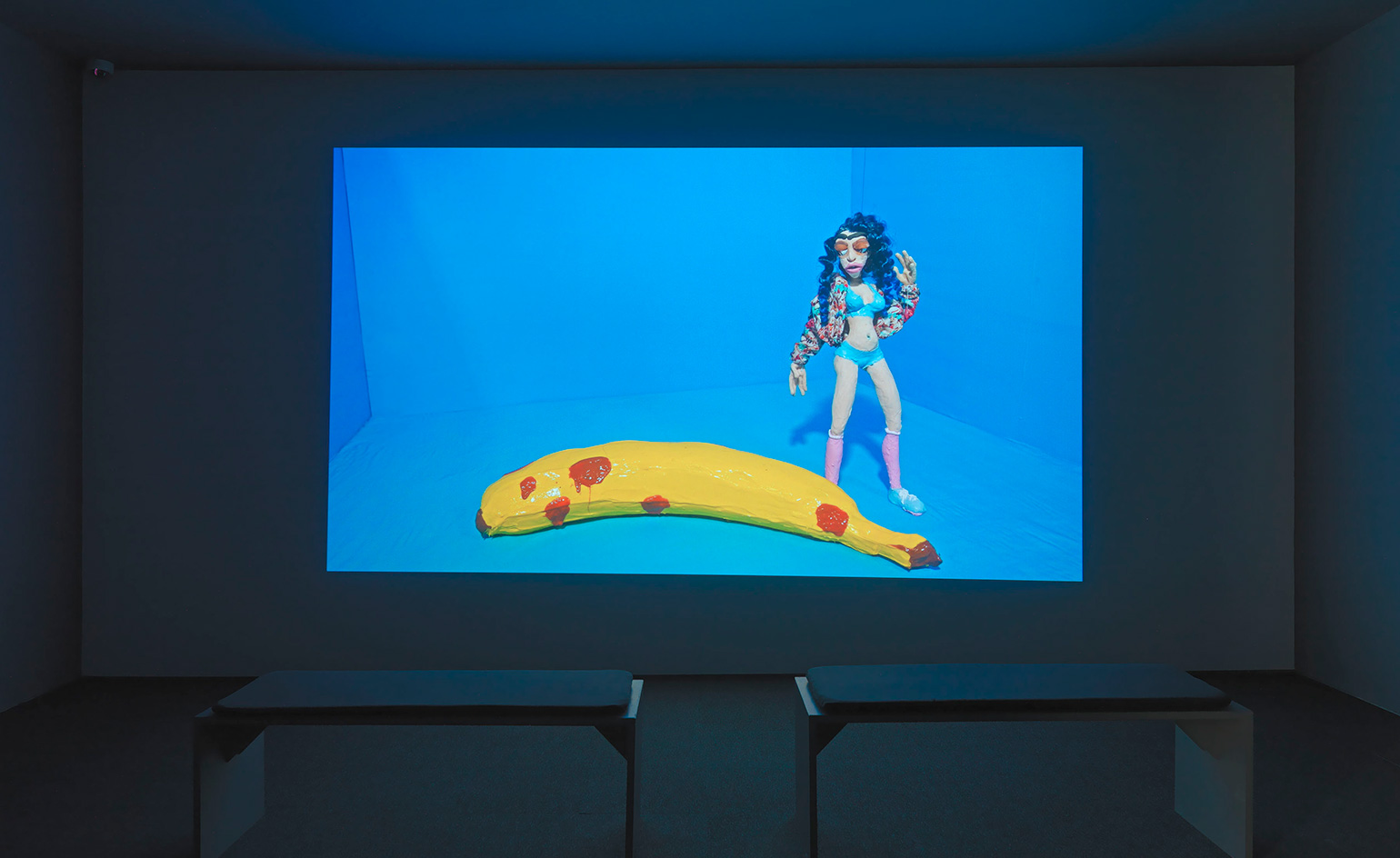
One of the exhibition's real gems is the UK debut of a darkly comic claymation, Worship (2016), by Swedish duo Nathalie Djurberg and Hans Berg
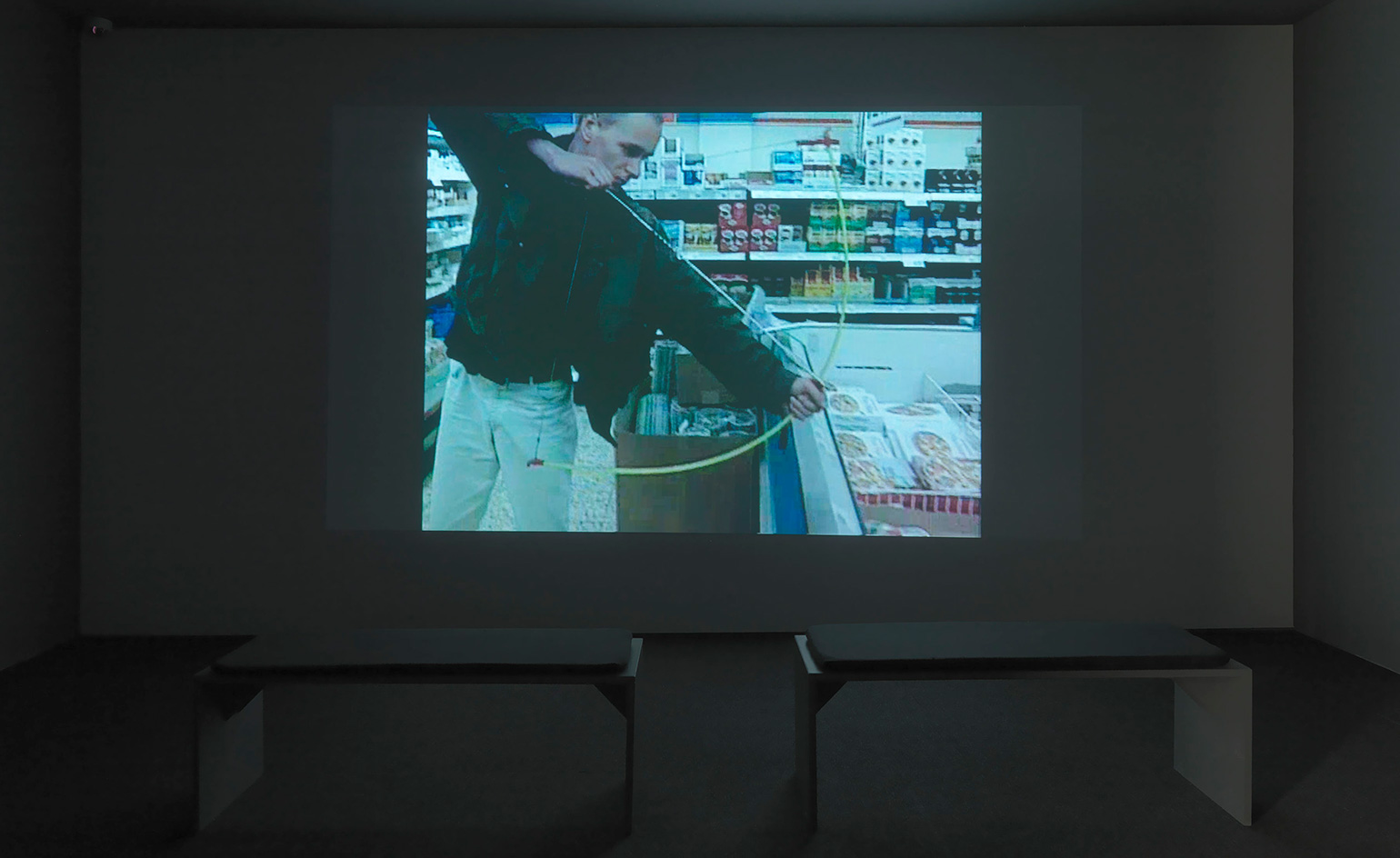
Installation view of The Hunt, Christian Jankowski's 1992 performance video piece.
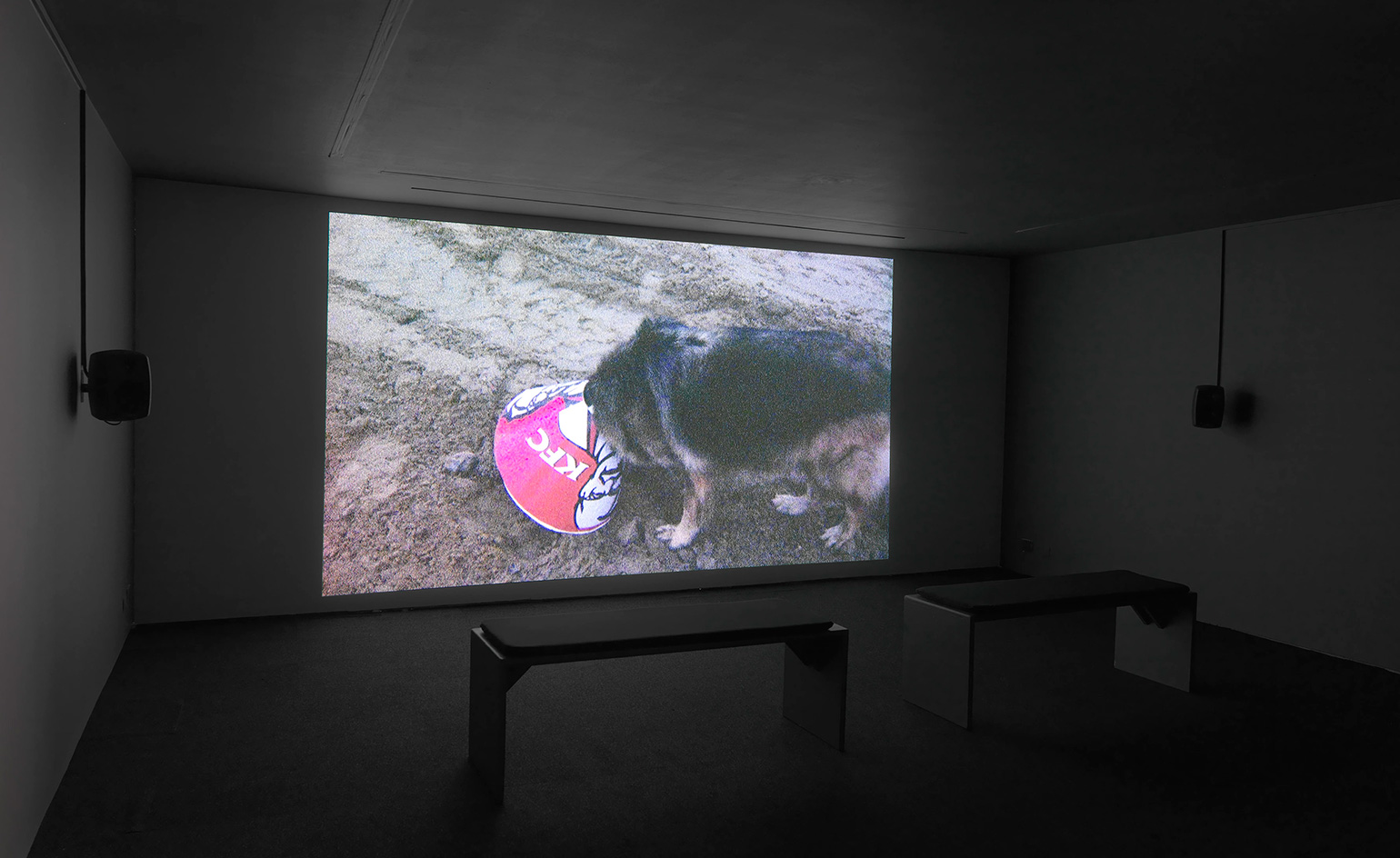
Installation view of How to Appear Invisible, by Allora & Calzadilla, 2008
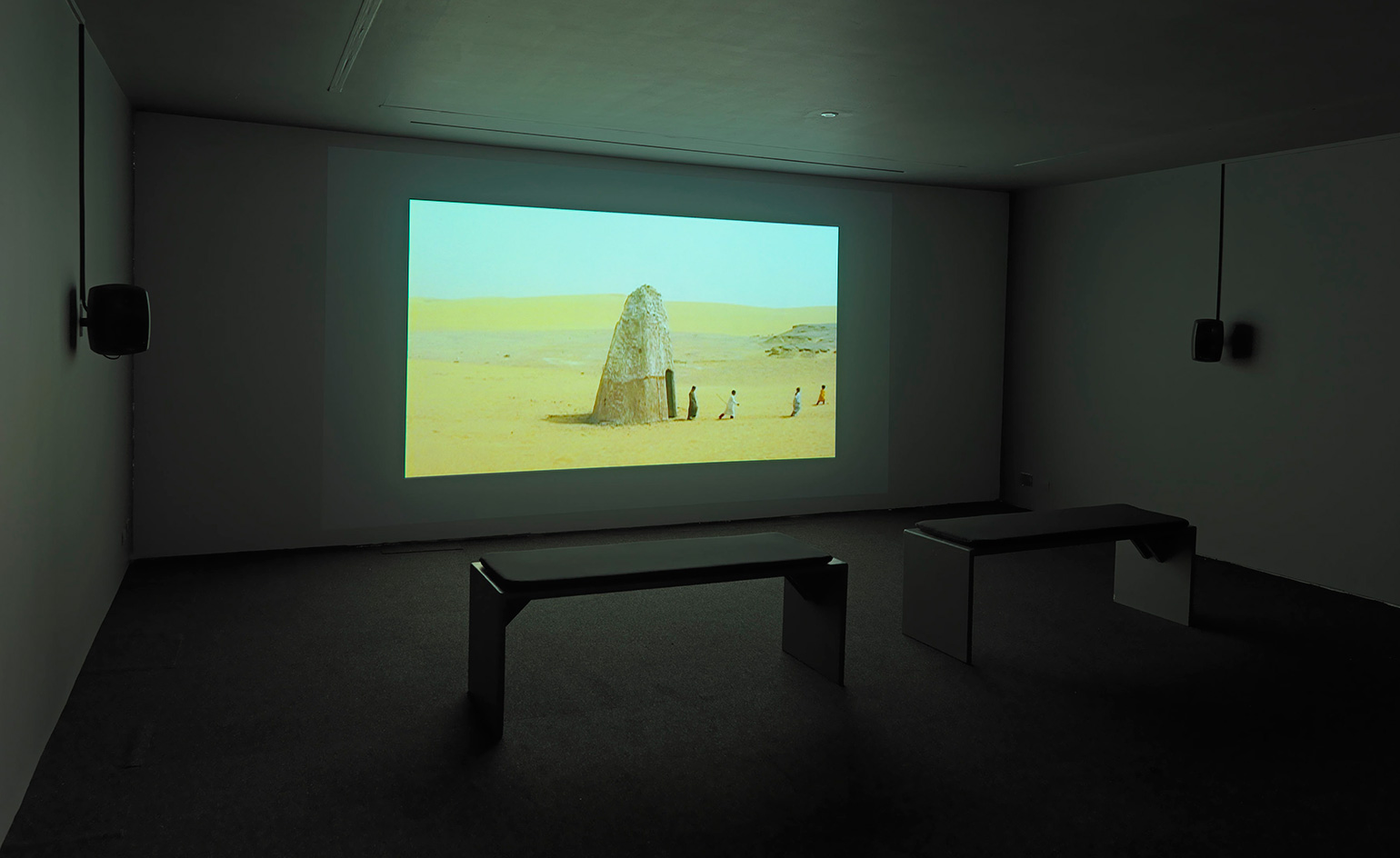
The result of the show's keen curation is winning mix of intensely personal performances in a web-friendly setting. Pictured: installation view of Telematch shelter, by Wael Shawky, 2008
INFORMATION
'Performer/Audience/Mirror' is on view until 27 August. For more information, visit the Lisson Gallery website
ADDRESS
Lisson Gallery
52 Bell Street
London, NW1 5DA
Wallpaper* Newsletter
Receive our daily digest of inspiration, escapism and design stories from around the world direct to your inbox.
Elly Parsons is the Digital Editor of Wallpaper*, where she oversees Wallpaper.com and its social platforms. She has been with the brand since 2015 in various roles, spending time as digital writer – specialising in art, technology and contemporary culture – and as deputy digital editor. She was shortlisted for a PPA Award in 2017, has written extensively for many publications, and has contributed to three books. She is a guest lecturer in digital journalism at Goldsmiths University, London, where she also holds a masters degree in creative writing. Now, her main areas of expertise include content strategy, audience engagement, and social media.
-
 All-In is the Paris-based label making full-force fashion for main character dressing
All-In is the Paris-based label making full-force fashion for main character dressingPart of our monthly Uprising series, Wallpaper* meets Benjamin Barron and Bror August Vestbø of All-In, the LVMH Prize-nominated label which bases its collections on a riotous cast of characters – real and imagined
By Orla Brennan
-
 Maserati joins forces with Giorgetti for a turbo-charged relationship
Maserati joins forces with Giorgetti for a turbo-charged relationshipAnnouncing their marriage during Milan Design Week, the brands unveiled a collection, a car and a long term commitment
By Hugo Macdonald
-
 Through an innovative new training program, Poltrona Frau aims to safeguard Italian craft
Through an innovative new training program, Poltrona Frau aims to safeguard Italian craftThe heritage furniture manufacturer is training a new generation of leather artisans
By Cristina Kiran Piotti
-
 ‘Humour is foundational’: artist Ella Kruglyanskaya on painting as a ‘highly questionable’ pursuit
‘Humour is foundational’: artist Ella Kruglyanskaya on painting as a ‘highly questionable’ pursuitElla Kruglyanskaya’s exhibition, ‘Shadows’ at Thomas Dane Gallery, is the first in a series of three this year, with openings in Basel and New York to follow
By Hannah Silver
-
 The art of the textile label: how British mill-made cloth sold itself to Indian buyers
The art of the textile label: how British mill-made cloth sold itself to Indian buyersAn exhibition of Indo-British textile labels at the Museum of Art & Photography (MAP) in Bengaluru is a journey through colonial desire and the design of mass persuasion
By Aastha D
-
 Artist Qualeasha Wood explores the digital glitch to weave stories of the Black female experience
Artist Qualeasha Wood explores the digital glitch to weave stories of the Black female experienceIn ‘Malware’, her new London exhibition at Pippy Houldsworth Gallery, the American artist’s tapestries, tuftings and videos delve into the world of internet malfunction
By Hannah Silver
-
 Ed Atkins confronts death at Tate Britain
Ed Atkins confronts death at Tate BritainIn his new London exhibition, the artist prods at the limits of existence through digital and physical works, including a film starring Toby Jones
By Emily Steer
-
 Tom Wesselmann’s 'Up Close' and the anatomy of desire
Tom Wesselmann’s 'Up Close' and the anatomy of desireIn a new exhibition currently on show at Almine Rech in London, Tom Wesselmann challenges the limits of figurative painting
By Sam Moore
-
 A major Frida Kahlo exhibition is coming to the Tate Modern next year
A major Frida Kahlo exhibition is coming to the Tate Modern next yearTate’s 2026 programme includes 'Frida: The Making of an Icon', which will trace the professional and personal life of countercultural figurehead Frida Kahlo
By Anna Solomon
-
 A portrait of the artist: Sotheby’s puts Grayson Perry in the spotlight
A portrait of the artist: Sotheby’s puts Grayson Perry in the spotlightFor more than a decade, photographer Richard Ansett has made Grayson Perry his muse. Now Sotheby’s is staging a selling exhibition of their work
By Hannah Silver
-
 From counter-culture to Northern Soul, these photos chart an intimate history of working-class Britain
From counter-culture to Northern Soul, these photos chart an intimate history of working-class Britain‘After the End of History: British Working Class Photography 1989 – 2024’ is at Edinburgh gallery Stills
By Tianna Williams